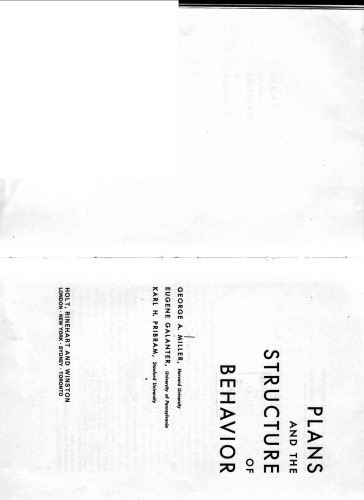- 2 402 202 книги
- Поиск
libcats.org






Meteorites, Ice, and Antarctica: A Personal Account
William A. CassidyAntarctica is a meteorite-hunter's dream: its cold, dry climate preserves the space rocks, which are swept along in glacial flows and then accumulate in becalmed areas of the ice cap. In this enthusiastic but arcane treatise, geologist and planetary scientist Cassidy, leader of many polar meteorite-hunting expeditions, has much to say about this intriguing feature of the world's most desolate continent. Meteorites contain vital evidence about the geology and history of their original celestial bodies; from the clues they provide, Cassidy deduces the composition of the primordial nebula from which the solar system condensed, reconstructs the cataclysmic meteoroid bombardment that shaped the early moon and assesses the possibility of ancient life on Mars. Meteorites do have a tale to tell; unfortunately, it's told here through an avalanche of technical information, with plenty of tables, graphs, statistical analyses and lengthy taxonomies of mineralogical types. Cassidy tries to liven things up with first-hand reminiscences, but anecdotes about logistics and weather on Antarctic expeditions, polite appreciations of departed colleagues and accounts of his bureaucratic wrangles with funding agencies and rival scientists eager to get a piece of the space rocks do not add up to a gripping narrative. Cassidy explains the science clearly, but only die-hard rock hounds will have the patience to wade through what amounts to an undergraduate text in planetary geology. B&w photos. (June) Copyright 2003 Reed Business Information.
Популярные книги за неделю:

Проектирование и строительство. Дом, квартира, сад
Автор: Петер Нойферт, Автор: Людвиг Нефф
Размер книги: 20.83 Mb

Система упражнений по развитию способностей человека (Практическое пособие)
Автор: Петров Аркадий НаумовичКатегория: Путь к себе
Размер книги: 818 Kb

Сотворение мира (3-х томник)
Автор: Петров Аркадий НаумовичКатегория: Путь к себе
Размер книги: 817 Kb

Радиолюбительские схемы на ИС типа 555
Автор: Трейстер Р.Категория: Электротехника и связь
Размер книги: 13.64 Mb
Только что пользователи скачали эти книги:

Plans and the Structure of Behavior
Автор: George Armitage Miller, Автор: Eugene Galanter, Автор: Karl H. Pribram
Размер книги: 23.25 Mb

Teaching in the Pop Culture Zone: Using Popular Culture in the Composition Classroom
Автор: Allison D. Smith, Автор: Trixie G. Smith, Автор: Rebecca Bobbitt
Размер книги: 1.44 Mb



